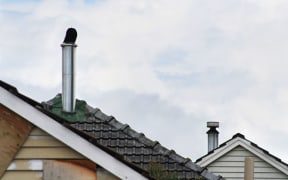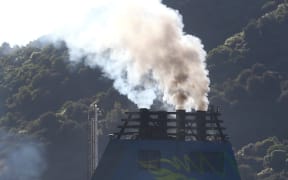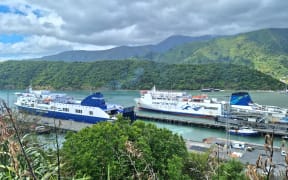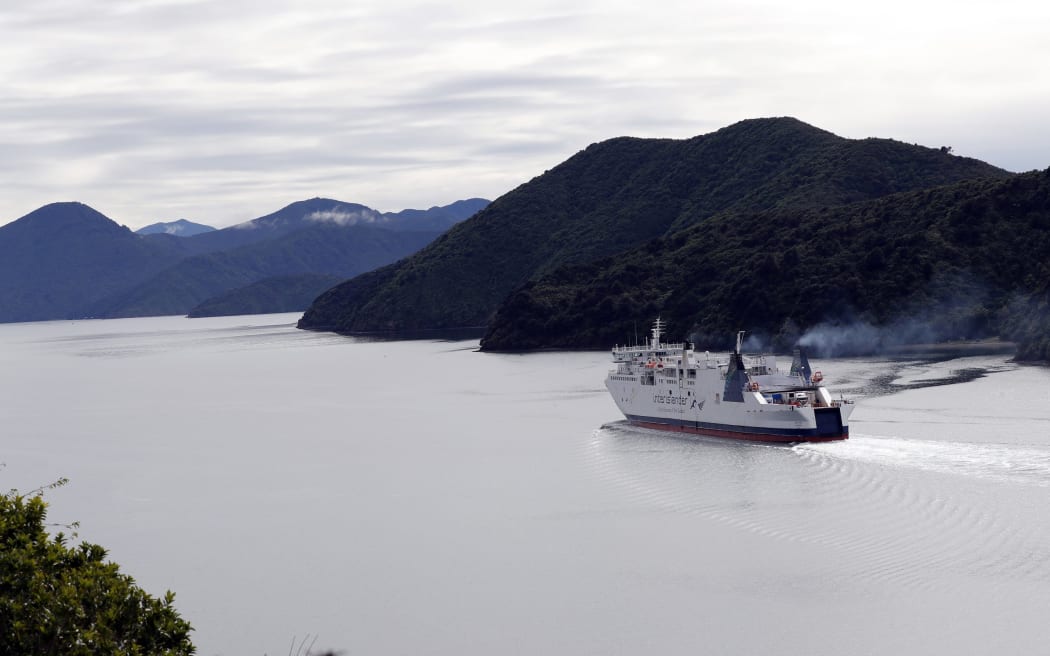
A study has found contaminants from ships is likely causing air quality in Picton to breach National Environmental Standards. Photo: Supplied / Stuff
Waitohi Picton will get two new air quality and climate monitoring stations after a year-long study found contaminants from ships is likely causing breaches in national air quality standards.
One monitoring site at the Picton foreshore will be installed for a year, with potential for it to be made permanent, while another has been earmarked permanently at Memorial Park, adjacent to the emergency centre.
A report prepared for an assets and services meeting on Tuesday said past air quality monitoring in Picton suggested the town's PM10, or particulate matter, has "potential" to exceed National Environmental Standards for Air Quality (NES).
It came after a "strong-push" from locals prompted a year-long study by the Marlborough District Council and Niwa into the port-side town's air quality.
Meteorological stations and air quality transmitters were installed to take records from mid-2019 to September 2020.
PM10 and "various gases" were measured, as well as meteorological monitoring to help understand the air movement around the town, the report said.
It indicated elevated PM10, nitrogen dioxide (NO2) and sulphur dioxide (SO2) levels could reach and exceed guideline levels - which under New Zealand law meant the council was required to keep track of the town's air quality and flag when it went above safe levels.
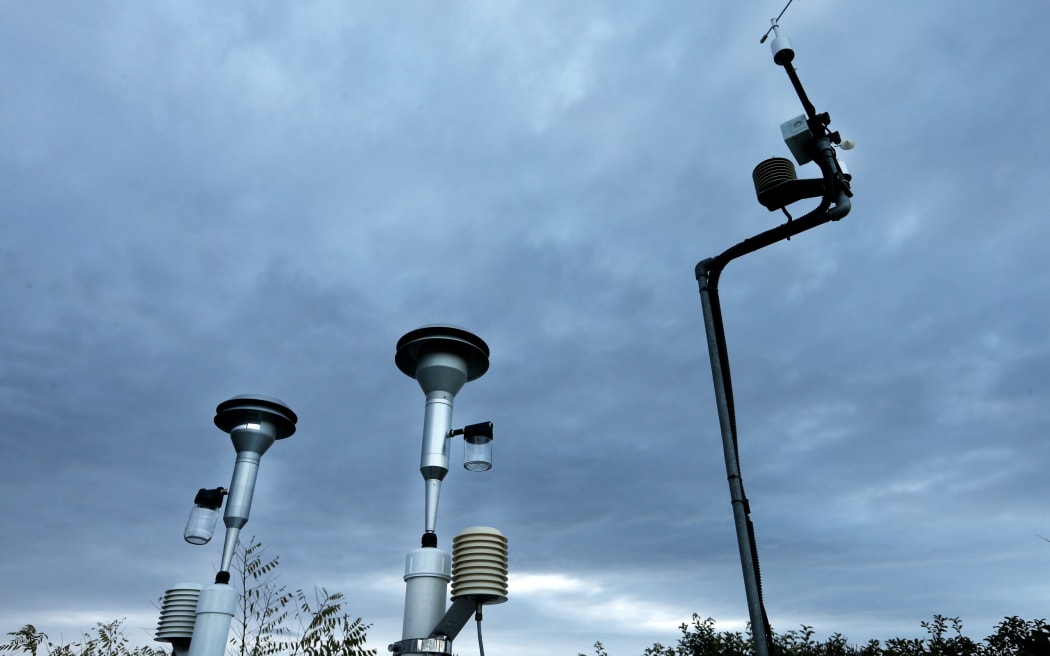
Air quality monitoring equipment in Redwoodtown, Blenheim. Photo: Supplied / Stuff
The council's website said PM10 particles were so small they effectively act as a gas.
"When breathed in they penetrate deep into the lungs.
"Exposure to high concentrations of PM10 can result in a number of health impacts ranging from coughing and wheezing to asthma attacks and bronchitis to high blood pressure, heart attack, strokes and premature death."
The 2019 study said sources of the contaminants were likely to be from shipping, including ferries, water taxis and private vessels moving in and out and refuelling at the Picton marina.
Although a separate report that went to the council's environment and planning committee this week said domestic heating was found to be the main source of daily winter PM10 emissions.
One of the main concerns from the community was exposure to people, especially children, in the foreshore reserve area, the report said.
But the data was not totally conclusive, so the council wanted a more "robust" assessment of the area, to record NO2 and SO2 levels in particular, before deciding if the site should be permanent.
Results showed different areas of the town experienced different contaminant levels, so there was a requirement for different monitoring sites.

The eastern end of the Picton marina, Surry St, Waikawa Rd and other low-lying areas had the worst PM readings.
In winter, this tended to flow from "more elevated" areas, towards sea level, especially during early morning. It also moved along Waikawa Rd, but around Suffolk St the land rose, and acted as a barrier to the air flow, which resulted in contaminants "pooling", the report said.
While the council did not require a resource consent for the equipment under the Marlborough Environment Plan, installing it was "inconsistent" with reserve management plans for the foreshore and Memorial Park, which meant the request had to be approved by councillors.
Marlborough Sounds ward councillor Barbara Faulls, who attended the last Picton air quality meeting, said the general comment was "let's just get on with it".
"They just want to get on with this and find out whether there is a problem," Faulls said.
She thought the two sites would "capture everything" the council needed to know.
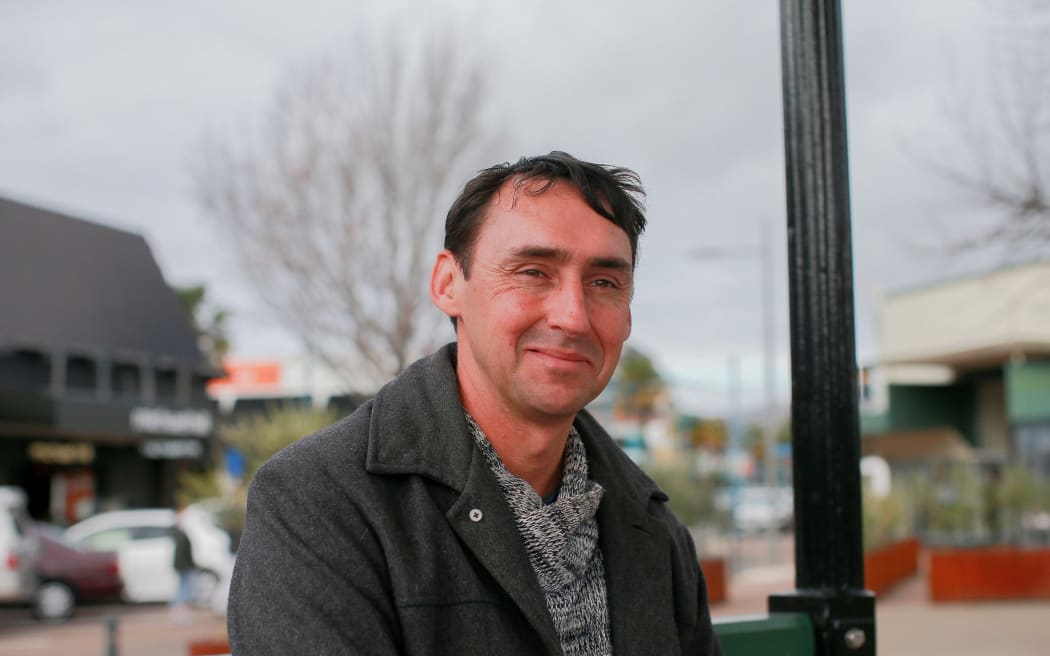
Marlborough District councilor Jamie Arbuckle said installing the equipment was “common sense”. Photo: LDR / Maia Hart
Blenheim ward councillor Jamie Arbuckle thought the move was "common sense".
"The purpose of the reserve may not state the monitoring equipment, but I think with the Picton foreshore ... the positioning of that seems appropriate," Arbuckle said.
The stations are subject to full council approval on 18 May. Funding for the project had been made possible through Three Waters tranche 1 "better-off" funding.
The government last week announced funding for further tranches, of which Marlborough was supposed to get a further $17m, had been pulled.
Local Democracy Reporting is Public Interest Journalism funded through NZ On Air
